What's the meaning of the Stag »
Stag
This page is about the meaning, origin and characteristic of the symbol, emblem, seal, sign, logo or flag: Stag.
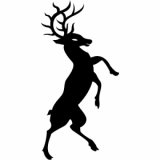
When it comes to symbolism, the "stag" possesses a separate set of meanings from the “deer”, so this article will only address the former.
The stag is found across an unusually wide geographic range, and cultures from all around the world have assigned this animal some form of symbolic meaning. Before discussing those meanings, however, there are some basic associations that should be mentioned.
The stag is a symbol of rebirth and renewal: Since they shed their antlers in the autumn and regrow them in the spring, stags are indicators of the changing seasons and heralds of new life. Taking that symbolism a litter further, stags are also associated with fertility, specifically male sexuality and virility; phallic-shaped amulets and carvings made of stag antler, many dating back thousands of years, have been found, and there were also a number of ancient deities that shared physical characteristics with the stag (more on that later).
In several cultures, the white stag is often assigned special significance, typically associated with magic and/or the quest of a hero. While the specifics may vary, this particular creature does crop up in multiple locations, and their unique position only adds to the complex and layered symbolism embodied by the stag:
DISCLAIMER: THIS LIST OF SPECIFIC CULTURAL EXAMPLES IS LIMITED AND SELECTIVE.
CELTS: one of the most widely recognized Celtic deities is Cernunnos, a fertility god with the antlers of a stag, and who appears on numerous excavated artifacts. One particularly famous artifact is known as the Gundestrup Cauldron (named after the location of its discovery in modern-day Denmark) and shows him surrounded by a number of wild animals, including a stag. He clasps a snake (a phallic symbol) in one hand and a torc (a traditional one-piece item of jewelry for men) in the other. All of this imagery contributes to the fertility associations of the stag itself.
CHINA: the famous Chinese dragon is described in some sources as having physical traits drawn from nine different creatures, including the antlers of a stag. There is also a figure in Daoism known as Shou-xing (spellings vary) or “the old man of the south pole”. Associated with longevity, he is sometimes depicted as accompanied by a stag. In traditional Chinese pharmacopeia, animal and insect parts are often used alongside more conventional herbs and plants when compounding medicines. Stag antlers were used as an aphrodisiac, a further indication of the fertility symbolism associated with the animal.
CHRISTIANITY: the stag plays a key role in the stories of St. Eustace of Rome and St. Hubert of Aquitaine. Although they lived centuries apart and in disparate areas, the stories of their conversions are markedly similar: Both were said to have out hunting when they came upon a stag in the forest. They were about to deliver the killing blow when they miraculously saw a crucifix positioned between the stag’s antlers. This inspired them to renounce their former ways and embrace Christianity. Today, they are considered the patrons saints of hunters.
GREECE: in Greek mythology, the stag is, perhaps not surprisingly, associated with hunting (a connection also present in other cultures). Artemis, the goddess of the hunt, traveled amongst them, in some versions in a chariot pulled by stags. In one particularly famous story, the hunter Actaeon spied upon Artemis when she was bathing, and as punishment she transformed him into a stag (he was subsequently set upon by his dogs).
SCANDINAVIA: one of the most iconic features of Norse mythology is Yggdrasil, the immense ash tree that forms the backbone of the universe and connects the various worlds and realms that make up the cosmos. Numerous creatures live in and around Yggdrasil, including a group of four stags that nibble on the buds of the tree. Their name are sometimes given as Dáin, Dvalin, Dúneyr and Durathrór (spellings vary), and while their exact symbolism is up for debate, no one can deny that four is a very powerful symbolic number (just use your imagination).
- 9,082 Views
Graphical characteristics:
Asymmetric, Closed shape, Monochrome, Contains both straight and curved lines, Has no crossing lines.
Categories: Animal Symbolism, Celtic Symbols, Chinese Symbols, Greek Symbols, Religious Symbols.
Stag is part of the Christian Symbols, Taoist Symbols groups.
More symbols in Christian Symbols:
Christian signs and symbols. read more »
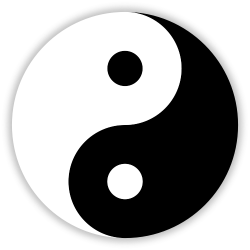
More symbols in Taoist Symbols:
Taoism (modernly: Daoism) is a philosophical and religious tradition that emphasizes living in harmony with the Tao (modernly romanized as "Dao"). The term Tao means "way", "path" or "principle", and… read more »
More symbols in Animal Symbolism:
More symbols in Celtic Symbols:
The Celts (usually pronounced pron.: /ˈkɛlts/ but sometimes /ˈsɛlts/, see pronunciation of Celtic) or Kelts were an ethno-linguistic group of tribal societies in Iron Age and Medieval Europe who spok… read more »
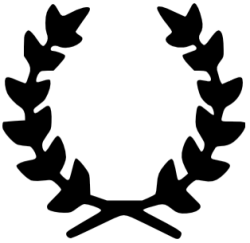
More symbols in Greek Symbols:
Greek alphabet letters and symbols are used as math and science symbols. read more »
Citation
Use the citation below to add this symbol to your bibliography:
Style:MLAChicagoAPA
"Stag." Symbols.com. STANDS4 LLC, 2025. Web. 13 Mar. 2025. <https://www.symbols.com/symbol/stag>.



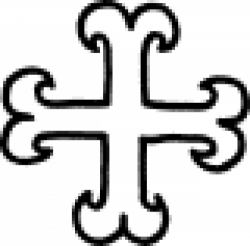
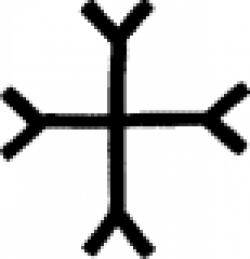




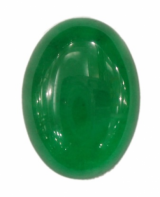
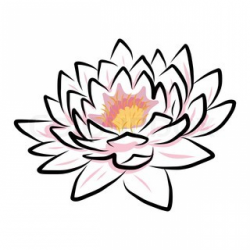
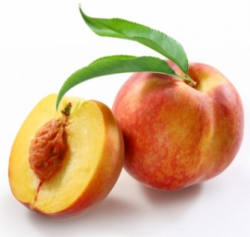

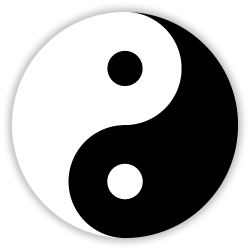
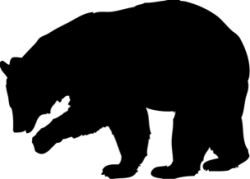
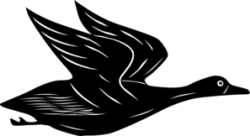
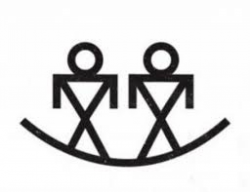
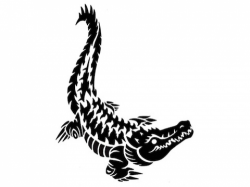
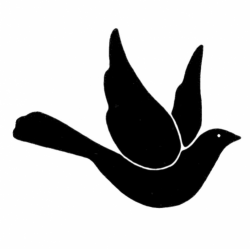

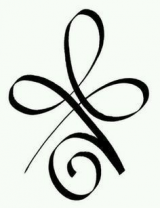

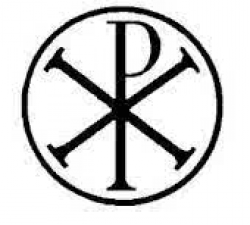
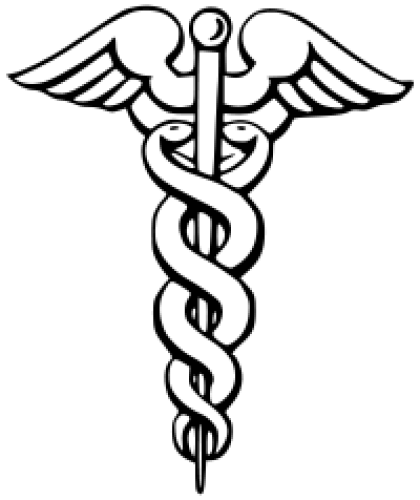
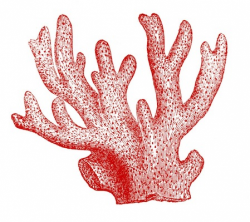





Have a discussion about Stag with the community:
Report Comment
We're doing our best to make sure our content is useful, accurate and safe.
If by any chance you spot an inappropriate comment while navigating through our website please use this form to let us know, and we'll take care of it shortly.
Attachment
You need to be logged in to favorite.
Log In